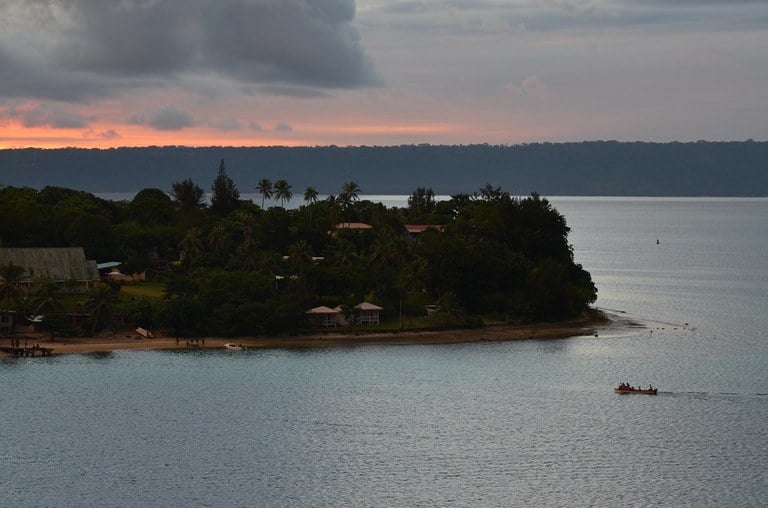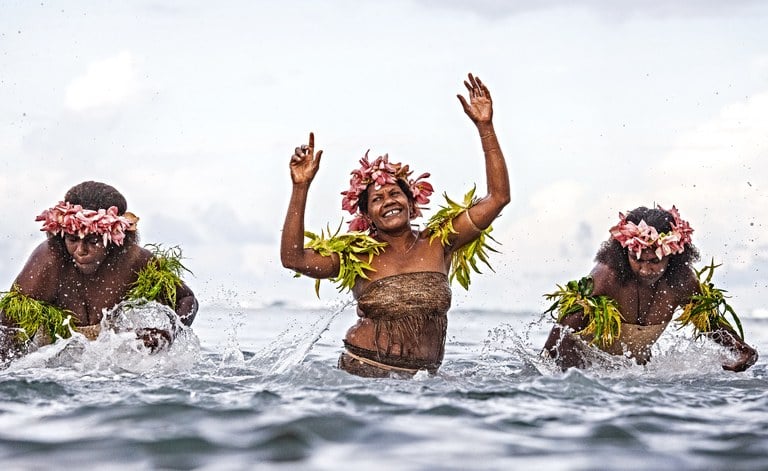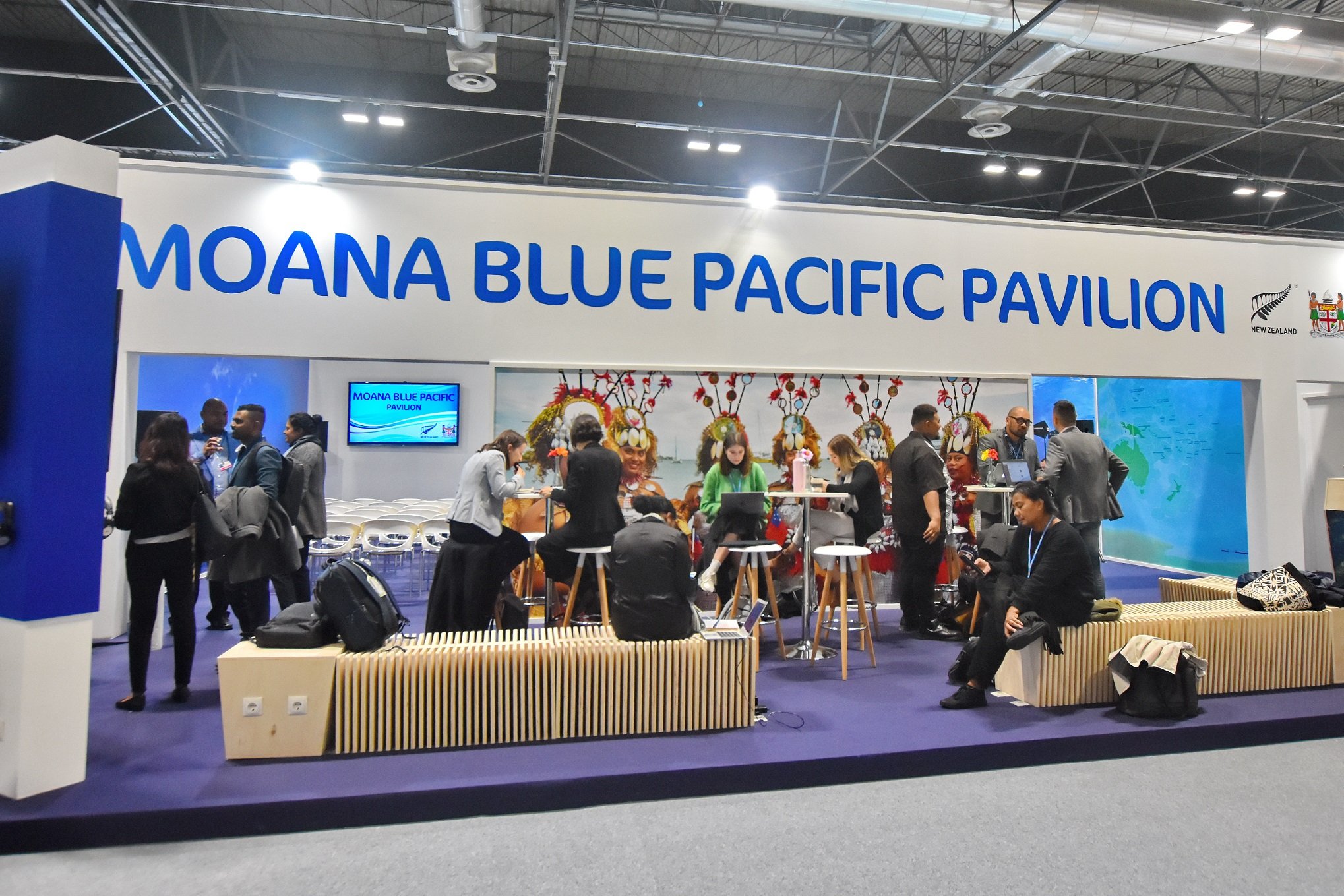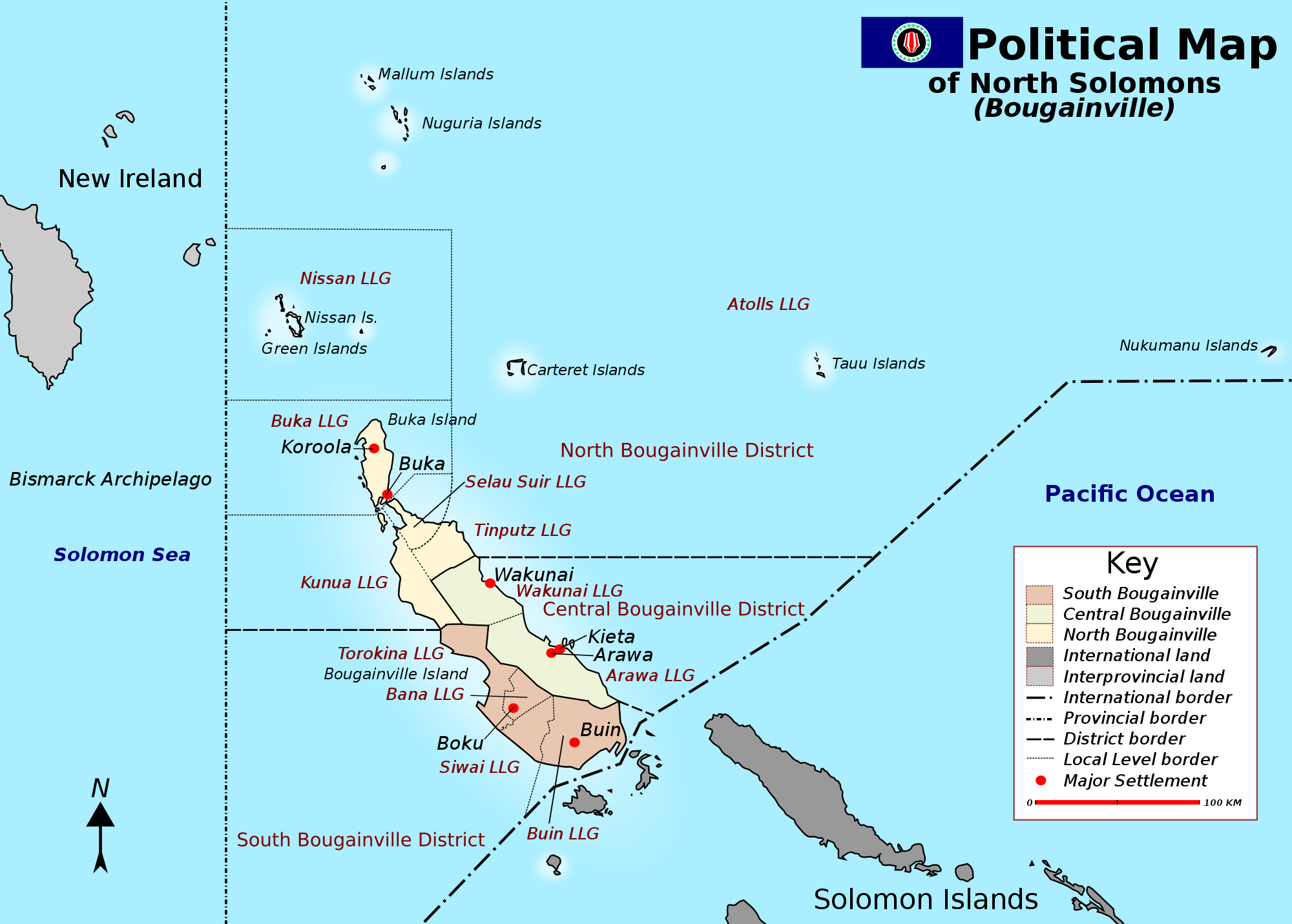Vanuatu, an archipelago of 80 volcanic islands in the Southwest Pacific, is ground zero in the global fight against climate change. In just the past few decades, many coastal communities here have moved several hundred meters from the shore, destabilizing livelihoods, especially among fishermen and their families.
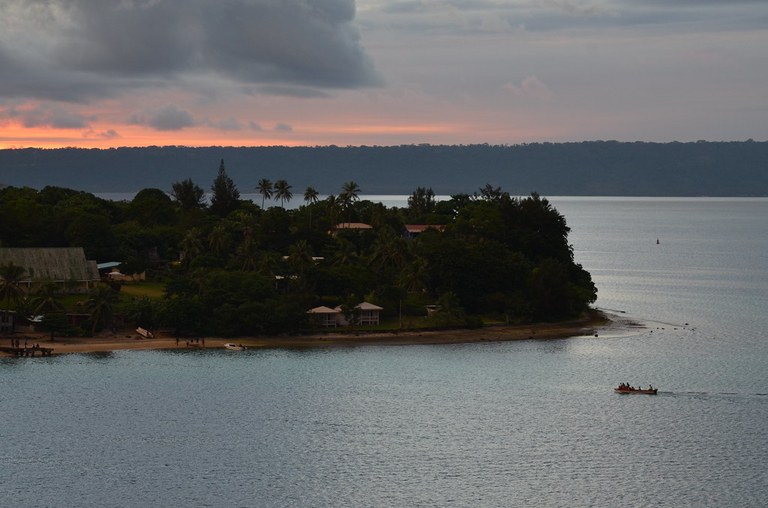
But the assault doesn’t stop there. Vanuatu is located on the Pacific Ring of Fire, a hot spot for seismic activity due to the movement of tectonic plates that make it highly prone to earthquakes, tsunamis, volcanic eruptions and landslides. And the movement of those plates could accelerate an already damaging rise in sea levels, researchers say.
According to a recent study from scientists at the French Research Institute for Development, the island group is sinking at a rate of about one centimeter per year, making it the world’s most vulnerable developing country among those in the Commonwealth Vulnerability Index, which aims to capture the different quantifiable aspects of vulnerability.
Yet Vanuatu is resisting. It became one of the first of the Pacific-Island nations to establish in 2013 a Ministry of Climate Change, which coordinates all public and private initiatives that address climate change and disaster risk reduction in the country. Lessons on climate change and disaster-risk reduction are included in the national primary and secondary school curriculum and non-profit groups have developed programs to educate rural communities about climate variations, hazards and ways in which they can prepare for climate change’s impacts and adapt to them.
More recently, the Vanuatu Institute of Technology conducted a pilot program with students from all six provinces aimed at promoting resilience to environmental shifts by drawing on traditional knowledge.
To gain that know-how, Charles Pierce, a former geography teacher who initiated the program, came up with the idea to train “ambassadors” who could go out and interact with their communities, pick up tips for how they were responding to the effects of the changing climate and share those tools with people even in the most remote parts of the archipelago.
“Together with the students, we went on a remarkable journey to discover ways to live on an island as the sea arises around us,” Pierce said.
TAKING THE FIGHT TO TIGAK
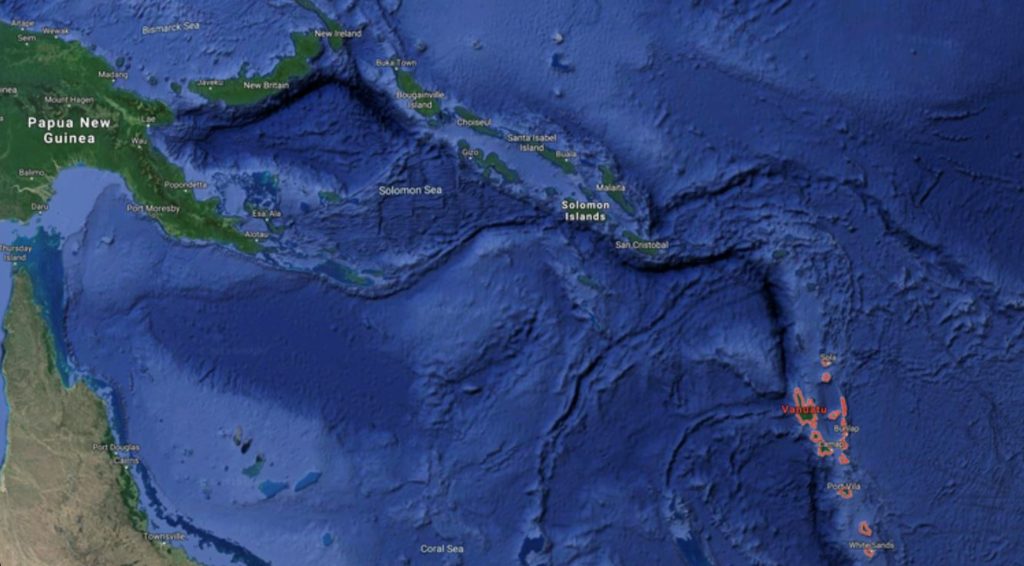
More than 1,200 miles to the northwest of Vanuatu, the people of the Tigak Islands, a tiny island chain in Papua New Guinea, are also in a fight against nature. Each day they watch the sea eat away more of their already limited coastline and brainstorm ways to stop it.
They’ve tried building seawalls around their islands and reclaiming land using corals and rubbish. But a sturdy wall requires stones, which are difficult to transport. Island residents can farm on the bigger island of Nusalava, but youth leader Solomon Demi says relocating there is not an option since it lacks a school and health facility.
All across the Pacific region are similar stories of loss caused by warming temperatures and rising seas. School children who must take small boats to school miss classes when stormy weather sets in, as it does with increasing frequency and intensity. Cultural landmarks are also being lost. On Upuas Island, half the old village cemetery has been drowned by the sea.
Just like Vanuatu, the government in Papua New Guinea has an agency, the Climate Change and Development Authority (CCDA) established in 2010, that coordinates its climate change efforts.
Its task is to ensure that PNG follows a path of climate-compatible growth – meaning that the country’s economy develops while at the same time mitigating greenhouse gas emissions and reducing vulnerability to climate change-related risks.
Gideon Bogosia, director of the Office of Environment and Climate Change for New Ireland Province, which includes the Tigak Islands, said the provincial government is working in partnership with the CCDA to develop a New Ireland Provincial Climate Change Adaptation Plan. A draft of the plan has already been submitted to the CCDA to be reviewed and approved before being implemented in the province, he said.
“It’s about people being resilient and being able to rise up again after being affected by climate change,” Bogosia said.
His office is currently working with non-governmental organizations and community-based groups to raise awareness about the impacts of climate change in New Ireland’s most affected areas. It is doing so through programs that highlight the effects and impacts of climate change with a focus on adaptation and mitigation.
As one example, the province’s climate change office has funded a nursery for mangrove seedlings that will be distributed to communities that have lost their mangrove forests due to human activities.
With the climate change adaptation plan still in progress, officials say they recognize the need to assist affected communities. Bogosia’s office has received numerous reports from communities affected by coastal erosion and king tides that carry off the coastline, and he says he knows the impacts of climate change can be very costly, particularly for a small island-based province like New Ireland.
“It is a global issue, but we have to address it at home,” said Bogosia.
Aude Emilie-Dorion reported from Vanuatu and Roline Likas reported from the Tigak Islands. This story originally appeared at the Internews Earth Journalism Network

